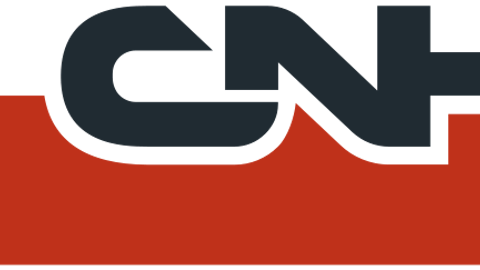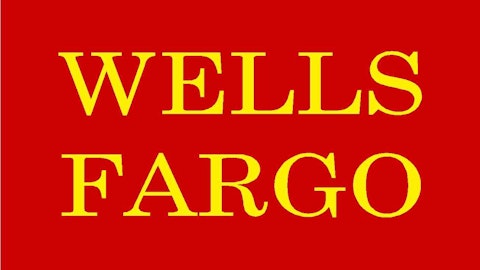The progress made in the construction industry could help OshKosh complement the decline in sales made from the defense department. According to Sagehorn, construction spending is expected to continue growing and this should boost the company’s sales. “Our sales growth in this region over the last several years in the access equipment segment has been largely replacement demand-driven. With any significant uptick in non-residential construction spending, we do expect to see some fleet expansion,” Sagehorn said during a presentation in May.
OshKosh has recently, been awarded a deal with the Pentagon whereby the special vehicles manufacturer will pocket $192.8 million worth of fire trucks. The completion of the project is scheduled for May 29, 2018. During this period, OshKosh will also be in charge of support and sustainment services of the new vehicles. This should further boost the company’s revenue from government units overall.
Valuation
OshKosh currently trades at a 12.35 P/E, as compared to its fierce rival Terex Corporation (NYSE:TEX), which has a P/E of 36.02, nearly tripling that of the Wisconsin-based company. Both of these companies’ quarterly revenues fell from last year, with Terex’s declining by 5%. However, the underdog Federal Signal Corporation (NYSE:FSS) out-shined the two giants as it reported a growth of 2% in revenues. The $561.92 million market cap company has a training 12-month revenue of $806.9 million, as compared to its counterparts, Terex $7.25 billion, and OshKosh $7.98 billion.
Oshkosh Corporation (NYSE:OSK) trails the duo in terms of gross margins, with just 13% compared to Federal Signs’ 24% and Terex’s 20%. Consequently, the company’s operating margins for the trailing 12-months lag behind, though slightly, its rivals, at 5% as compared to 7% and 6% for Federal Signs and Terex respectively. Nonetheless, the company’s recent quarter operating margin of 6.8% indicates an improvement from the previous three quarters.
However, in terms of valuation and including earnings growth rates, OshKosh stands out with a PEG ratio of just 0.73, as compared to Terex’s 1.33, and Federal Signs’ 2.11. Additionally, the company has indicated projected cuts in capital spending, which should improve cash flows going forward.
The bottom line
At about 87% upside from 12 months ago (Jun 4, 2012) Oshkosh Corporation (NYSE:OSK) may seem to have reached its limit. However, the most important thing to note here is that the company achieved part of this performance at the center of boardroom wars between activist investor Carl Icahn and the company’s shareholders. This tussle has since been swept away as the shareholders ultimately rejected his bid in December. The impact has been witnessed following the company’s YTD rally of 23.27%.
Additionally, in comparison to last year, OshKosh has reported improvements in several areas. The decline in revenues, which was hugely due to the fall in defense unit sales, was a major downside. However, the company’s earnings and operating margins increased massively, something that is worth noting. OshKosh is also competitively valued compared to its rivals, and therefore offers more value if it can maintain a positive outlook.
Furthermore, OshKosh has already nailed a deal with the Pentagon, which could reduce the decline in sales from government units, while prospective growth in the construction industry offers a massive opportunity to grow revenues. With all these opportunities, there is no reason why OshKosh should not trade beyond its 5-year high of $44.66 per share.
Nicholas Kitonyi has no position in any stocks mentioned. The Motley Fool has no position in any of the stocks mentioned. Nicholas is a member of The Motley Fool Blog Network — entries represent the personal opinion of the blogger and are not formally edited.
The article After Icahn: Is OshKosh Set for a New 5-Year High? originally appeared on Fool.com and is written by Nicholas Kitonyi.
Copyright © 1995 – 2013 The Motley Fool, LLC. All rights reserved. The Motley Fool has a disclosure policy.




